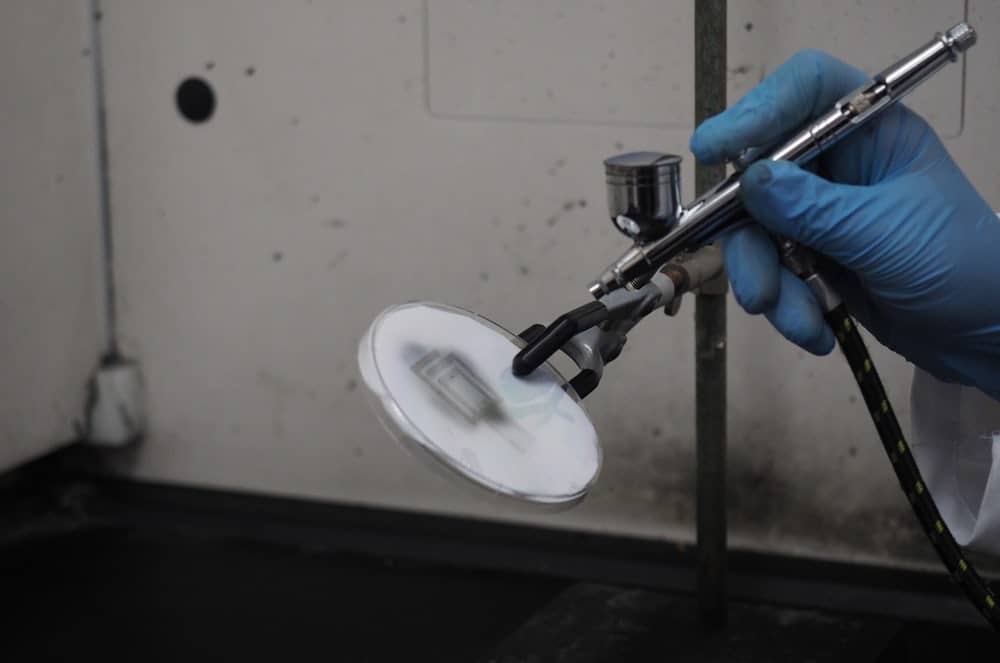Researchers at Drexel University have developed a special kind of antenna that can be sprayed onto any surface.

Credit: Drexel University
The unique antenna is made up of a very thin, metallic material called Mxene. It is a form of titanium carbide that is highly conductive, allowing it to transmit and direct radio waves.

The lead researcher on the project, Yuri Gogotski, explained that the current antenna fabrication methods cannot make such thin antennas which are a requirement for applying antennas to any type of surface.
“We were looking for two-dimensional nanomaterials, which have sheet thickness about hundred thousand times thinner than a human hair; just a few atoms across, and can self-assemble into conductive films upon deposition on any surface. Therefore, we selected MXene, which is a two-dimensional titanium carbide material, that is stronger than metals and is metallically conductive, as a candidate for ultra-thin antennas,” he said.

The great thing about Mxene is that while it is extremely thin, it performs at par with other much thicker antennas. The researchers also compared Mxene antennas to other 2D antennas and found the Mxene antenna much better at preserving radio transmission than 2D antennas made from materials like graphene and silver ink.
Mxene antennas do not require additive or additional steps of heating for sticking the nanoparticles. The water-based MXene ink can simply be sprayed on by airbrush. These antennas will have numerous applications and could give connectivity to a wide range of devices including flexible or wearable electronics.


